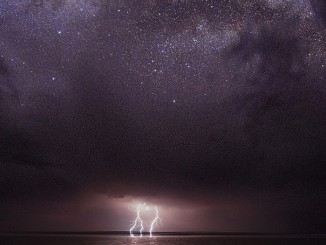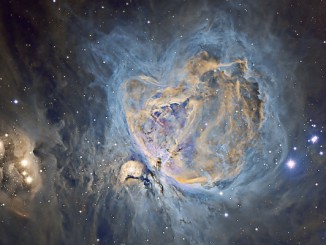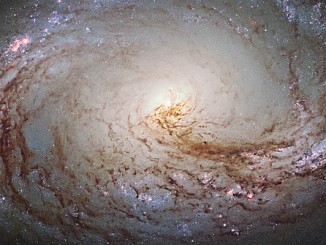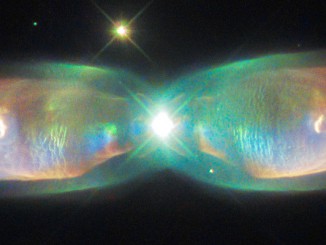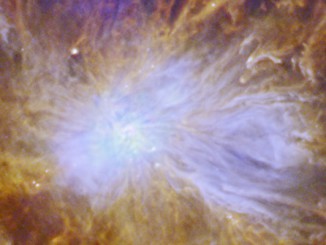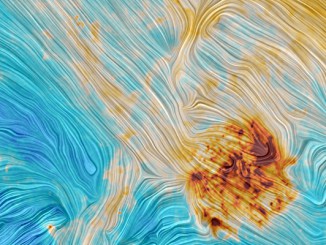
The Magellanic Clouds and an interstellar filament
Portrayed in this image from ESA’s Planck satellite are the Large and Small Magellanic Clouds, dwarf galaxies that are among the nearest companions of our Milky Way. The Large Magellanic Cloud, about 160,000 light-years away, is the large red and orange blob close to the centre of the image. The Small Magellanic Cloud lies some 200,000 light-years from us.

